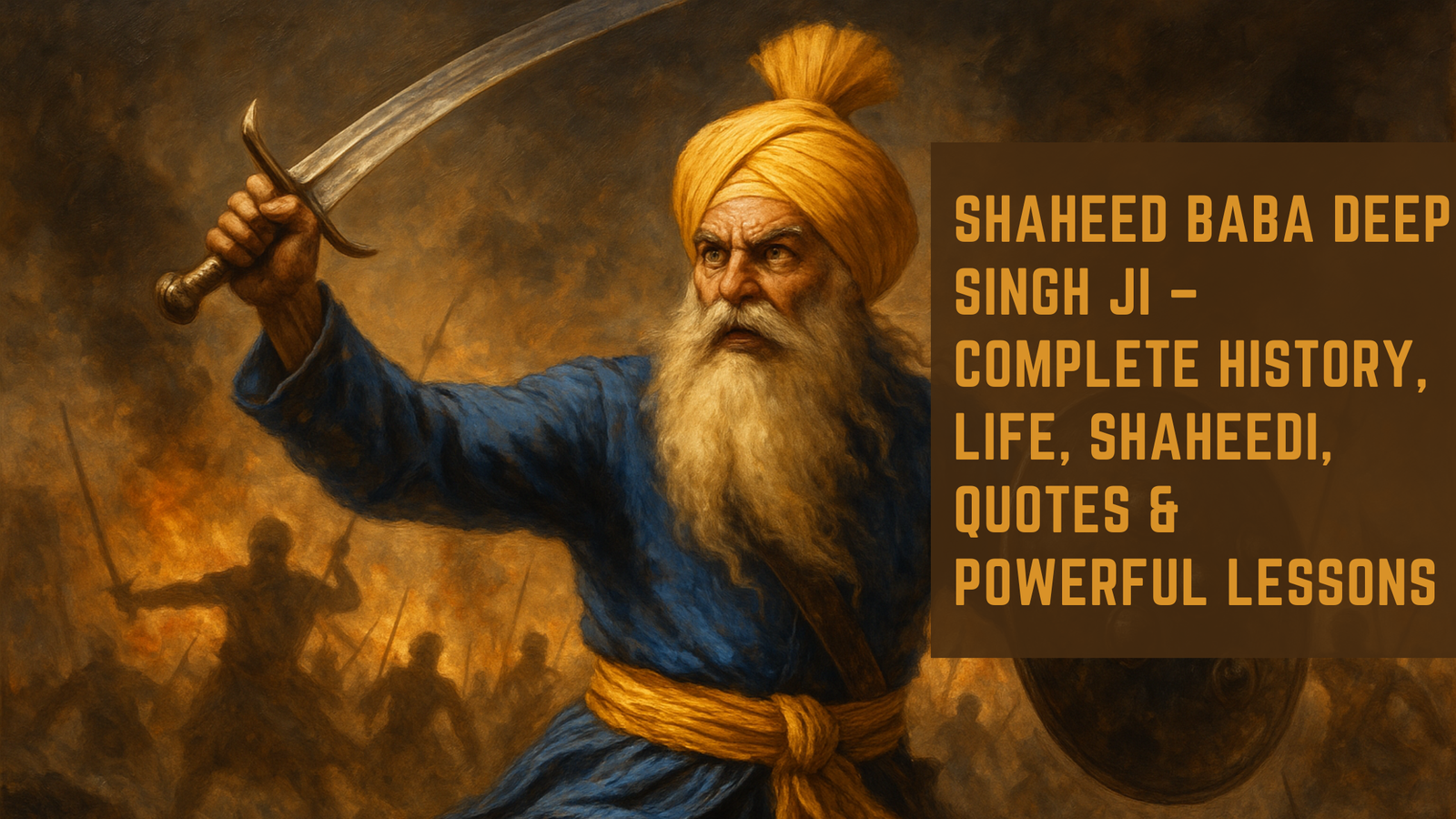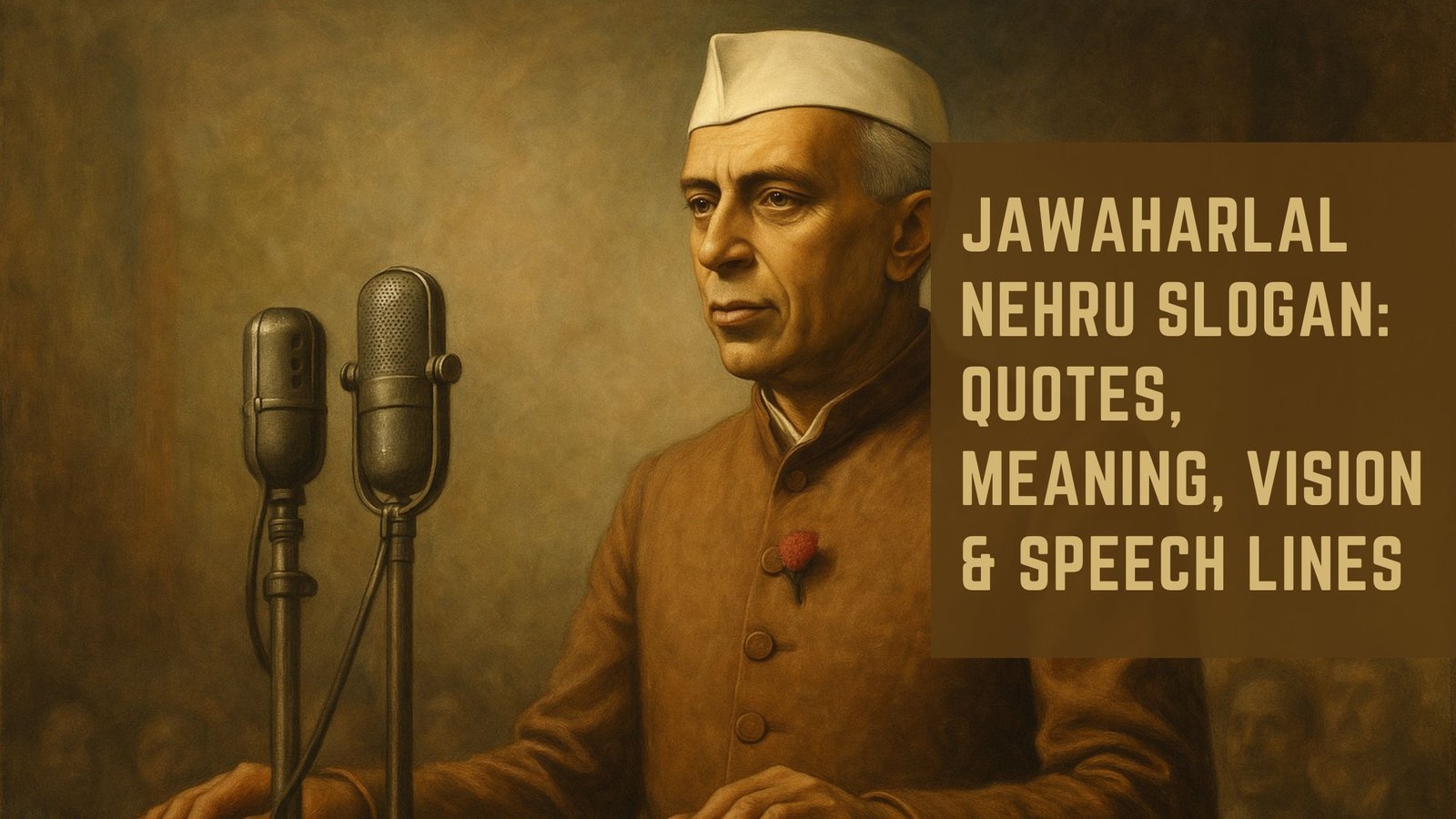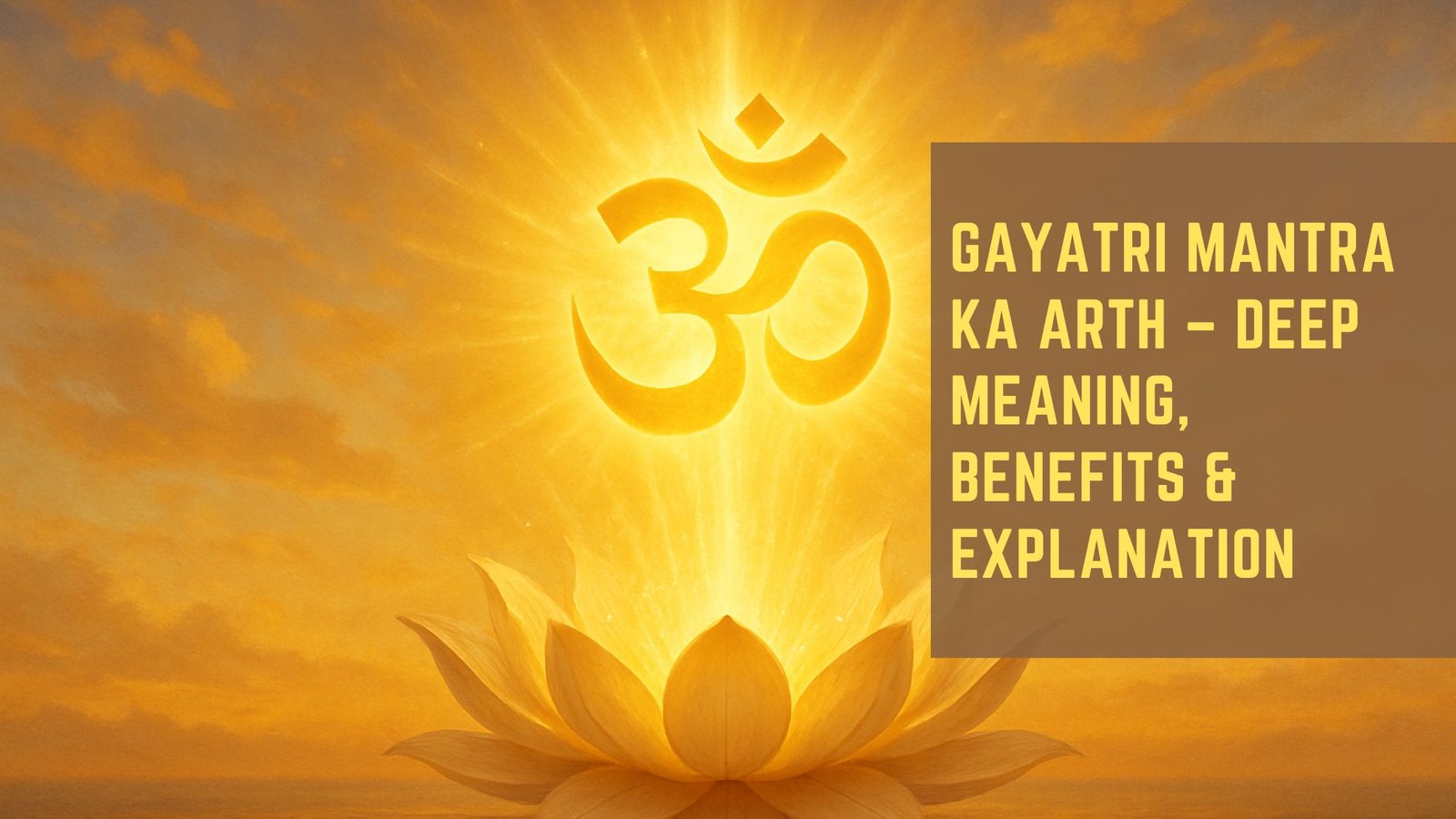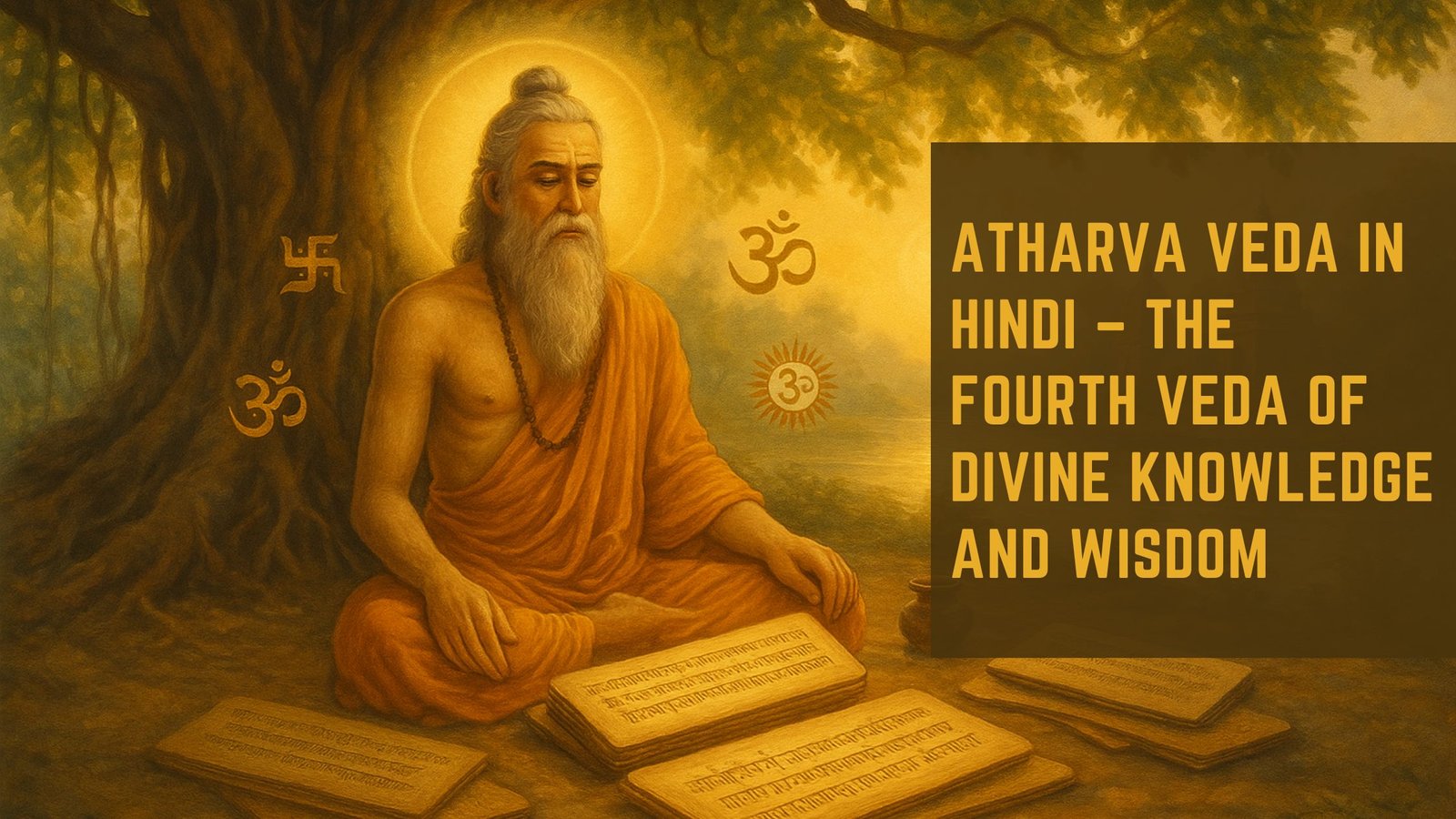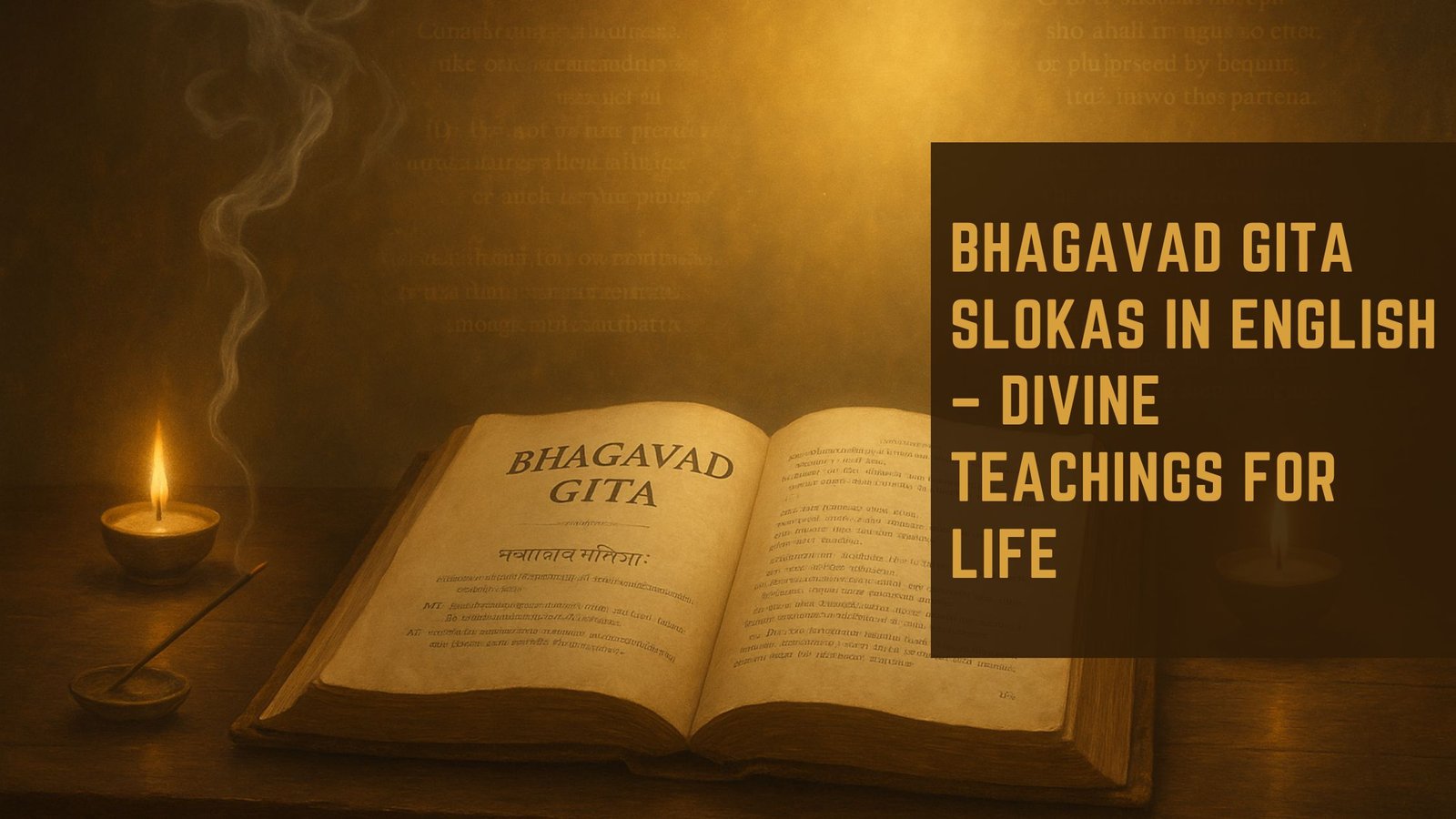The Bhagavad Gita, often referred to simply as the Gita, is a 700-verse Hindu scripture that is part of the Indian epic Mahabharata. It is a dialogue between Prince Arjuna and Lord Krishna, who serves as his charioteer. This sacred text is not merely a religious scripture; it is a philosophical treatise that addresses the moral and ethical dilemmas faced by individuals.
The Gita delves into profound questions about duty, righteousness, and the nature of reality, making it a timeless guide for humanity. Its teachings transcend cultural and temporal boundaries, offering insights that resonate with people from various walks of life. The Gita’s significance extends beyond its religious context; it has been interpreted and revered by scholars, philosophers, and spiritual seekers around the world.
The text encapsulates the essence of Hindu philosophy, particularly the concepts of dharma (duty/righteousness), karma (action), and yoga (the path to realization). As a spiritual classic, the Bhagavad Gita invites readers to explore their inner selves and confront the complexities of existence. Its verses are rich with metaphor and allegory, providing layers of meaning that can be unpacked through contemplation and study.
Key Takeaways
- The Bhagavad Gita is a 700-verse Hindu scripture that is part of the Indian epic Mahabharata, and is a sacred text of the Hindu religion.
- The historical background of the Bhagavad Gita dates back to ancient India, where it is believed to have been written between the 5th and 2nd century BCE.
- Key concepts and teachings of the Bhagavad Gita include the importance of duty (dharma), the nature of the self (atman), and the concept of karma (action and its consequences).
- The Bhagavad Gita remains relevant in modern life as it provides guidance on how to deal with moral dilemmas, make difficult decisions, and find inner peace and purpose.
- As a spiritual guide, the Bhagavad Gita offers teachings on meditation, self-discipline, and the path to spiritual enlightenment through devotion and selfless action.
Historical Background of the Bhagavad Gita
The Bhagavad Gita is set against the backdrop of the Kurukshetra War, a monumental conflict between two factions of a royal family—the Pandavas and the Kauravas. This epic battle serves as the stage for the philosophical discourse that unfolds between Arjuna and Krishna. The historical context of the Gita is rooted in ancient Indian society, where concepts of duty, honor, and familial loyalty were paramount.
The text is believed to have been composed around the 2nd century BCE to the 2nd century CE, although its origins may trace back even further. The Mahabharata itself is one of the longest epic poems in the world, attributed to the sage Vyasa. Within this vast narrative, the Gita occupies a unique position as a standalone dialogue that addresses existential questions.
Scholars suggest that the Gita was influenced by various philosophical traditions prevalent in ancient India, including Samkhya and Yoga philosophies. The synthesis of these ideas within the Gita reflects a broader cultural milieu that sought to reconcile spiritual wisdom with practical living. This historical backdrop enriches our understanding of the text as not only a spiritual guide but also a reflection of the societal values and philosophical inquiries of its time.
Key Concepts and Teachings of the Bhagavad Gita

At the heart of the Bhagavad Gita lies the concept of dharma, which refers to one’s duty or righteousness in life. Arjuna’s initial reluctance to engage in battle stems from his moral confusion about killing his relatives and teachers on the opposing side. Krishna’s counsel emphasizes that fulfilling one’s dharma is paramount, even when faced with difficult choices.
This notion underscores the importance of selflessness and commitment to one’s responsibilities, suggesting that true fulfillment comes from acting in accordance with one’s higher purpose. Another pivotal teaching in the Gita is the principle of karma, which posits that every action has consequences. Krishna advises Arjuna to perform his duties without attachment to the results, encapsulated in the famous verse “Karmanye vadhikaraste ma phaleshu kadachana” (You have a right to perform your prescribed duties, but you are not entitled to the fruits of your actions).
This teaching encourages individuals to focus on their actions rather than being consumed by outcomes, fostering a sense of equanimity in both success and failure. The interplay between dharma and karma forms a foundational aspect of the Gita’s philosophy, guiding individuals toward ethical living.
Relevance of the Bhagavad Gita in Modern Life
In contemporary society, where individuals often grapple with moral ambiguity and existential crises, the teachings of the Bhagavad Gita remain profoundly relevant. The text offers insights into navigating personal dilemmas, professional challenges, and interpersonal relationships. For instance, in an age characterized by rapid technological advancements and shifting societal norms, individuals may find themselves questioning their roles and responsibilities.
The Gita’s emphasis on dharma encourages people to reflect on their unique contributions to society and act with integrity. Moreover, the Gita’s teachings on detachment resonate with modern psychological principles that advocate for mindfulness and emotional resilience. In a world where stress and anxiety are prevalent, Krishna’s guidance to focus on actions rather than outcomes can serve as a powerful tool for mental well-being.
By cultivating an attitude of non-attachment, individuals can navigate life’s uncertainties with greater ease and clarity. The Gita thus provides a framework for personal growth that aligns with contemporary values while remaining rooted in ancient wisdom.
The Bhagavad Gita as a Spiritual Guide
The Bhagavad Gita serves as a profound spiritual guide for seekers on various paths. Its teachings encompass different forms of yoga—Karma Yoga (the path of selfless action), Bhakti Yoga (the path of devotion), and Jnana Yoga (the path of knowledge)—each offering unique approaches to spiritual realization. This inclusivity allows individuals from diverse backgrounds to find resonance within its verses, regardless of their specific beliefs or practices.
Krishna’s role as a divine guide highlights the importance of surrendering to a higher power in one’s spiritual journey. The Gita teaches that true wisdom arises from recognizing one’s connection to the divine and understanding that individual struggles are part of a larger cosmic order. This perspective fosters humility and encourages seekers to cultivate devotion through prayer, meditation, and selfless service.
By embracing these practices, individuals can deepen their spiritual understanding and experience transformative growth.
Practical Applications of the Bhagavad Gita’s Teachings

The practical applications of the Bhagavad Gita’s teachings extend into various aspects of daily life. In professional settings, for example, leaders can draw upon its principles to foster ethical decision-making and cultivate a sense of purpose within their teams. By prioritizing dharma over personal gain, leaders can inspire others to act with integrity and contribute positively to their organizations.
In personal relationships, the Gita’s emphasis on compassion and understanding can enhance communication and conflict resolution. By recognizing that every individual is on their own journey, one can approach disagreements with empathy rather than judgment. This shift in perspective aligns with Krishna’s teachings on seeing beyond superficial differences and recognizing the shared humanity in all beings.
Such an approach not only strengthens relationships but also contributes to a more harmonious society.
The Influence of the Bhagavad Gita on World Literature and Philosophy
The impact of the Bhagavad Gita extends far beyond its immediate cultural context; it has influenced thinkers and writers across various disciplines worldwide. Philosophers such as Ralph Waldo Emerson and Aldous Huxley have drawn inspiration from its teachings, integrating its concepts into their own works on spirituality and ethics. The Gita’s exploration of self-realization has resonated with existentialist thinkers who grapple with questions of meaning and purpose.
In literature, numerous authors have referenced or adapted themes from the Gita in their narratives. For instance, T.S. Eliot’s poetry reflects an engagement with Eastern philosophies, including those found in the Gita.
The text’s exploration of inner conflict and moral dilemmas has provided fertile ground for literary exploration across cultures. Its universal themes continue to inspire creative expression, demonstrating its enduring relevance in shaping human thought.
Embracing the Wisdom of the Bhagavad Gita
The Bhagavad Gita stands as a testament to humanity’s quest for understanding amidst life’s complexities. Its teachings offer profound insights into duty, action, and spirituality that resonate across time and culture. By engaging with its wisdom, individuals can navigate their own journeys with greater clarity and purpose.
The Gita invites us to embrace our responsibilities while remaining anchored in our higher selves—a balance that is essential for personal fulfillment and collective harmony. As we delve into its verses, we uncover not only philosophical principles but also practical guidance for everyday living. The Bhagavad Gita encourages us to cultivate self-awareness, compassion, and resilience as we navigate our unique paths.
In doing so, we honor its legacy as a timeless source of wisdom that continues to illuminate our understanding of life’s most profound questions.
The Gita is a timeless spiritual text that offers profound wisdom and guidance for navigating life’s challenges.

